Why the Model Minority Myth is Dangerous
Blog posted by Jessica Louie
Image Source: Lizzy Choi, communityhealthed.org
The Model Minority Myth has affected everyone’s lives since the mid-20th century, but you probably haven’t realized it. So what is the model minority myth?
The Model Minority Myth is the belief that a specific minority group is particularly successful in comparison to other minority groups. It was coined in the 1960s by sociologist William Petersen in a New York Times magazine article that described the “success” of Japanese Americans after being forced into internment camps in WWII and yet were still able to rebuild their lives.
In the United States, this belief is applied to Asian Americans, as they are often praised for their academic, economic, and cultural “successes” in comparison to other minority groups. The belief is that Asian Americans have high socioeconomic status, education, and class privilege, therefore they don’t experience discrimination or racism. This belief enforces the stereotype that Asian Americans are hard-working, quiet, and smart. So when there are people that don’t fit that stereotype, they are often left out of important conversations about equality and equity. When people assume that all Asians are this way, it not only generalizes an entire continent of people, but also silences the voices of those very people.
When all Asians are stereotyped as widely successful, people begin to think that Asian Americans don’t need help in terms of racial, social, and economic injustices. But in fact, Asian Americans continue to face the consequences of white supremacy and racism throughout the country. For instance, Asian Americans have the highest income disparity amongst other racial groups in the United States. But if you look even closer within the numerous Asian ethnic groups, we can see even greater disparities. For example, Burmese Americans make about $40,000 less on average than Asian American families overall. Asian Americans are often the target of racism in the United States. In early United States history, Chinese people were banned from entering the country and Japanese people were forced into internment camps during World War II. Chinese people have been called “dirty”, a stereotype that extends to Asian Americans as a whole. A great example of this is the COVID-19 pandemic in which Asian Americans were blamed for the illness. The Model Minority Myth both silences and invalidates the struggles of Asian Americans throughout the history of the United States that still persist to this day, making it difficult for Asian Americans to receive the crucial help they need in fighting the injustices they face. For instance, Asian Americans are less likely to seek mental health help compared to other races and ethnic groups. This is because Asian Americans tend to feel the need to succeed in spite of the difficulties they face.
Additional challenges and obstacles are put in Asian Americans’ lives due to the Model Minority Myth. In the workplace, Asian Americans often encounter a glass ceiling, a barrier that prevents them from ascending to higher positions. Asian Americans are the least likely racial group to be promoted into management and executive positions. This was especially prevalent in Silicon Valley, despite the fact that Asians are the most likely group of people to be hired into those high-tech jobs. Asian women face even more struggles: they are only paid $0.85 for every dollar white men earn. Because of white supremacy and the Model Minority Myth, Asian mental health issues are often ignored and go unaddressed due to the fact that Asians are seen as “successful”. Combined with the additional fact that there is insufficient research on Asian communities, mental health resources are often not allocated to Asian Americans.
The Model Minority Myth affects everyone in ways that we don’t even realize. Many critics of the Model Minority Myth also agree that the myth pits people of color against each other. Conflicts between racial groups in the United States often stem from this very myth as it creates competition to be more successful than the other or causes people to blame their injustices on other racial groups. For instance, POC communities often hold racist beliefs towards other POC due to the stereotypes the myth perpetuates. Lots of people also use the Model Minority Myth to invalidate the struggles of other racial groups. For instance, it was used during the civil rights movement in the 1950s to 1960s to discredit Black people’s claims to racial, social, and economic justice. They used Asian Americans as an example of “success” in America, saying “if they can do it, why can’t you?”
Acknowledging the Model Minority Myth and taking action to debunk it in all aspects of society is key to achieving equality in the United States. As Asian Americans continue to speak up and share their stories of discrimination and racism, the U.S. will hopefully become more attentive to their struggles and actively move to eliminate those issues.

